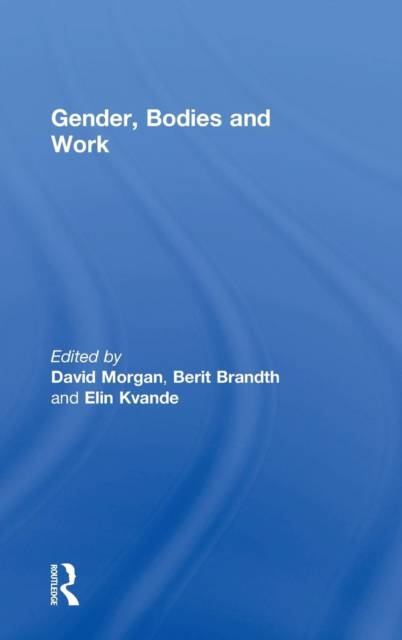
- Afhalen na 1 uur in een winkel met voorraad
- Gratis thuislevering in België vanaf € 30
- Ruim aanbod met 7 miljoen producten
- Afhalen na 1 uur in een winkel met voorraad
- Gratis thuislevering in België vanaf € 30
- Ruim aanbod met 7 miljoen producten
Zoeken
Omschrijving
All work is gendered and all work is embodied. Yet, in common with so many features of social life, these connections have remained largely unnoticed in most areas of social enquiry. All three topics - gender, bodies and work - have their own history and theoretical concerns and have recently showed signs of convergence. This volume recognizes this convergence and explores the inter-connections more specifically. The authors provide a set of questions which draw together themes already present in existing studies and which provide the basis for further analysis and theoretical elaboration. The chapters explore processes of embodiment and disembodiment within working settings and discuss the implications of these for the construction of gendered identities. Enhancing our knowledge of all three terms, Gender, Bodies and Work develops a perspective that has considerable potential both for assessing the past and exploring the future.
Specificaties
Betrokkenen
- Auteur(s):
- Uitgeverij:
Inhoud
- Aantal bladzijden:
- 180
- Taal:
- Engels
Eigenschappen
- Productcode (EAN):
- 9780754644392
- Verschijningsdatum:
- 22/08/2005
- Uitvoering:
- Hardcover
- Formaat:
- Genaaid
- Afmetingen:
- 156 mm x 234 mm
- Gewicht:
- 430 g

Alleen bij Standaard Boekhandel
+ 549 punten op je klantenkaart van Standaard Boekhandel
Beoordelingen
We publiceren alleen reviews die voldoen aan de voorwaarden voor reviews. Bekijk onze voorwaarden voor reviews.











